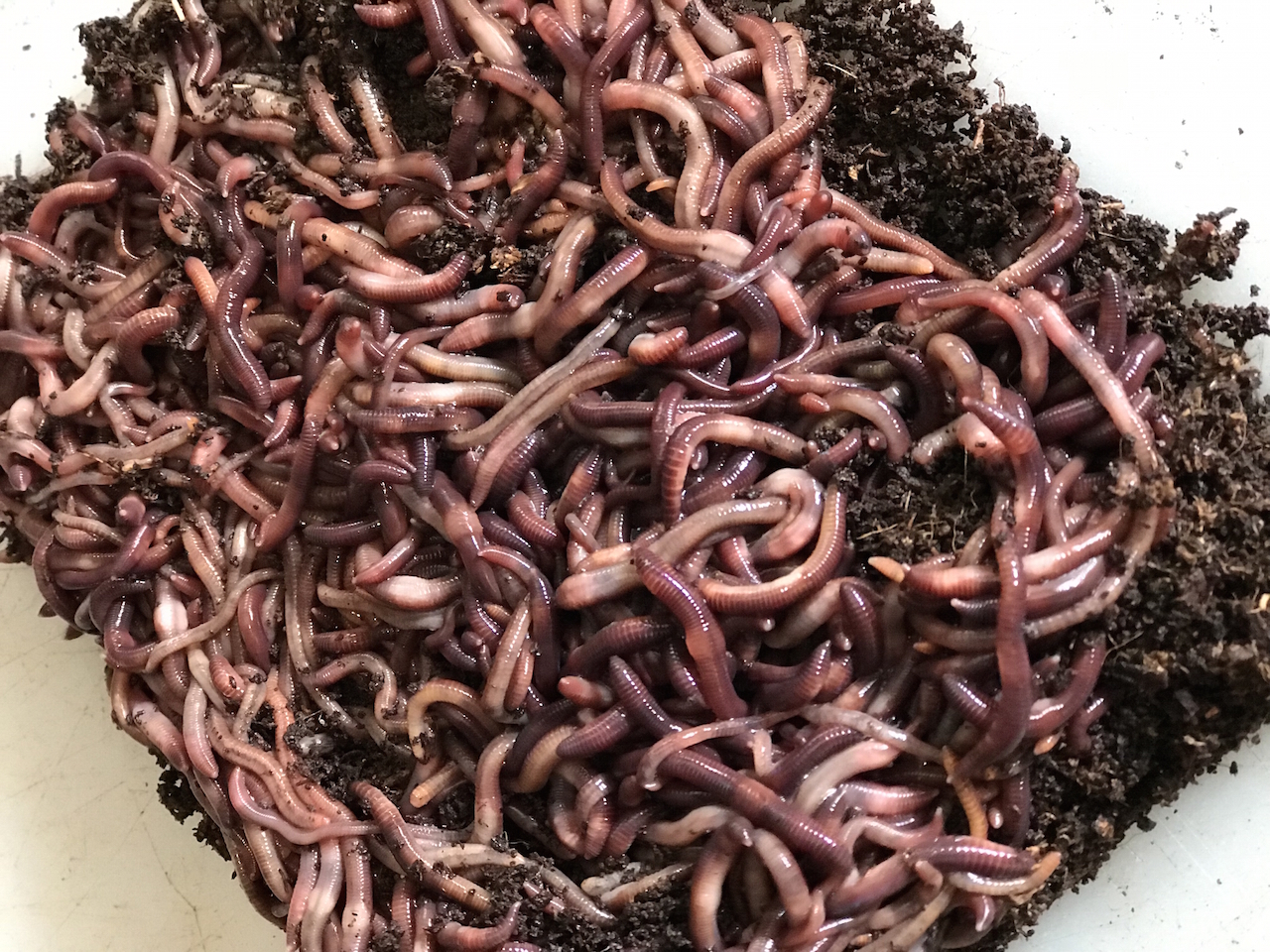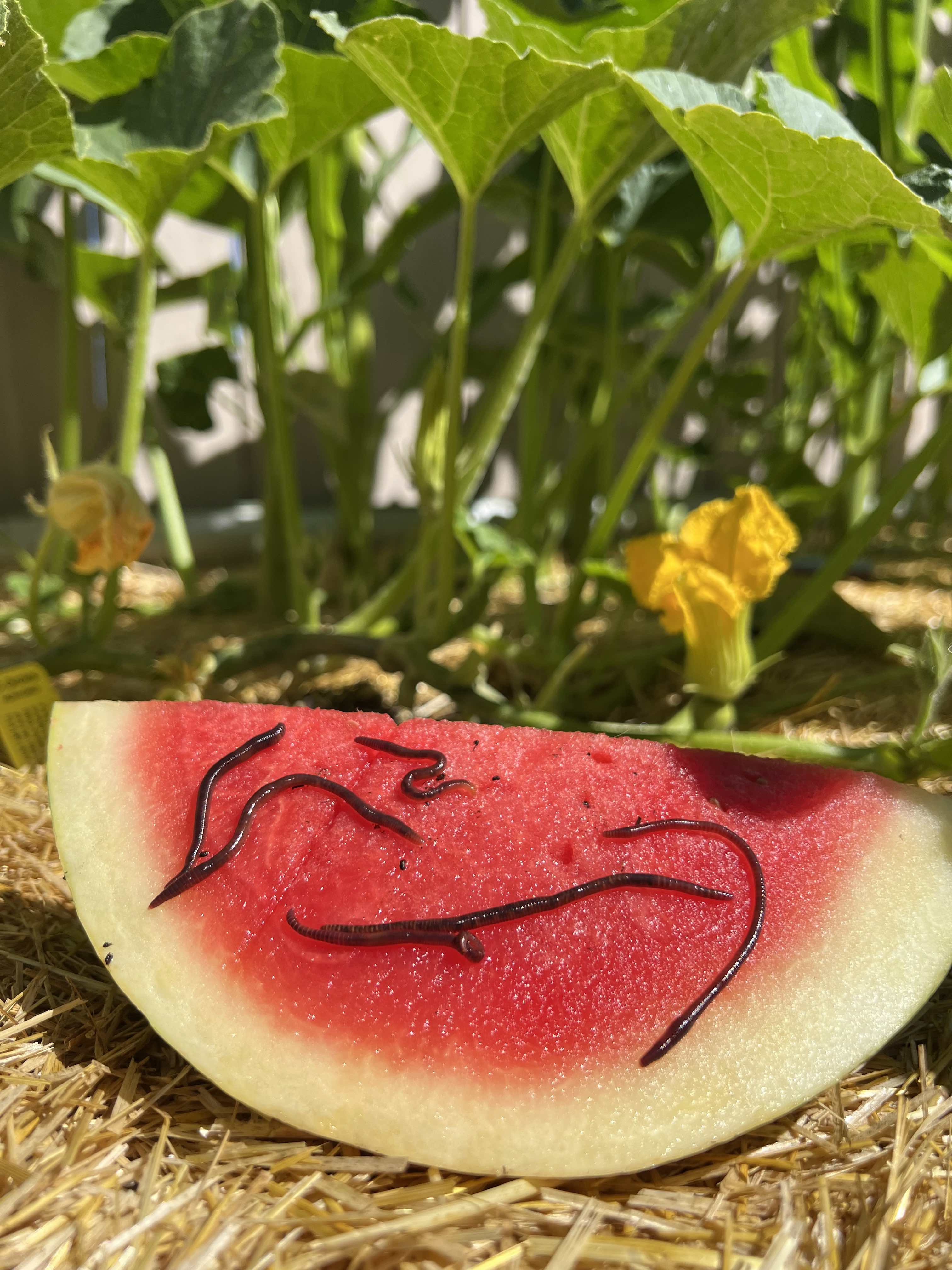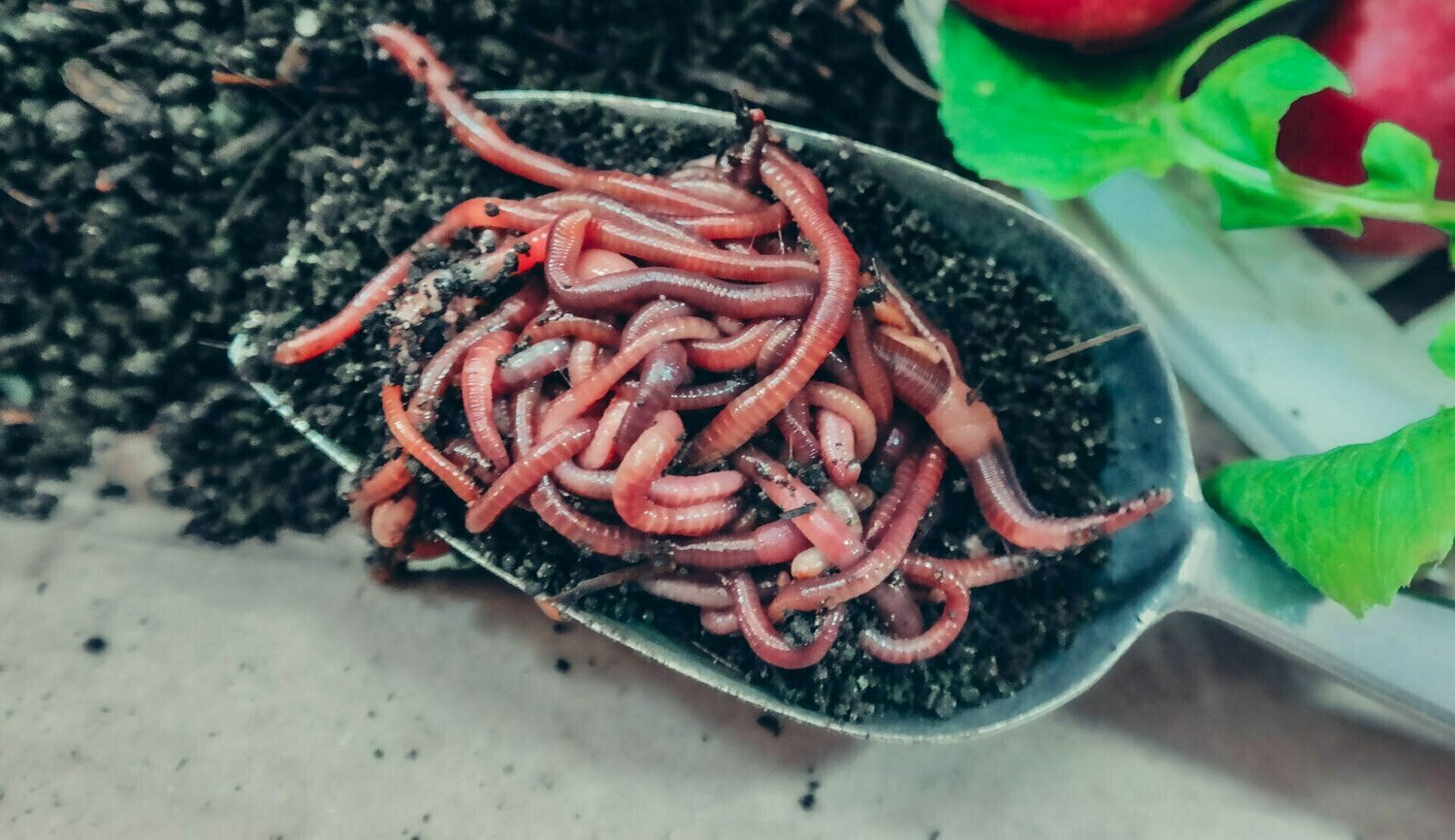Red Wiggler Worms - Perfect for Vermicomposting and Dirt Enrichment
Red Wiggler Worms - Perfect for Vermicomposting and Dirt Enrichment
Blog Article
Optimizing the Advantages of Red Wiggler Worms: A Comprehensive Manual for Home Gardeners and Urban Farmers
In the world of lasting gardening methods, red wiggler worms stand as unsung heroes, silently transforming organic waste into nutrient-rich castings that can function marvels for soil health and wellness. By exploring the intricacies of how to properly care for and make best use of the advantages of red wiggler worms, people can unlock a wealth of chances for enhancing the sustainability and productivity of their horticulture endeavors.
Comprehending Red Wiggler Worms
Red Wiggler worms, renowned for their efficient composting capabilities, are a types of earthworms widely used in vermiculture practices. These worms, clinically referred to as Eisenia fetida, prosper in decaying organic product, making them optimal candidates for composting (Red Wiggler Worms). Red Wigglers are starved eaters, capable of consuming their very own weight in natural waste daily. Their gastrointestinal process breaks down natural issue right into nutrient-rich castings, which are a useful resource for enhancing dirt and promoting plant development.
One key characteristic of Red Wiggler worms is their reproductive price. These hermaphroditic animals possess both male and female reproductive organs, permitting them to replicate rapidly under favorable problems. A mature Red Wiggler can create numerous spawn in a brief period, guaranteeing a constant populace within a composting system.

Establishing a Worm Container
When developing a worm container for vermiculture functions, proper prep work and interest to information are crucial for developing a conducive atmosphere for Red Wiggler worms. Begin by choosing an ideal container for your worm bin. This can be a plastic or wooden container with a lid to keep moisture degrees and secure the worms from light. Make certain that the bin has drainage holes at the bottom to stop waterlogging.

Place the worm bin in a great, dark area away from direct sunshine and severe temperature levels. On a regular basis check the dampness degrees, adding water if the bed linen feels completely dry or flaky. Feed the worms a balanced diet regimen of fruit and veggie scraps, staying clear of citrus fruits, onions, and spicy foods. By adhering to these actions, you can establish up a growing worm bin that will effectively refine organic waste into nutrient-rich vermicompost for your garden.
Feeding and Keeping Worms
Guaranteeing a well balanced and nourishing diet plan is essential for the health and wellness and productivity of Red Wiggler worms in a vermiculture system. Red Wigglers are ravenous eaters, capable of eating their own body weight in raw material daily. To keep a growing worm populace, it is vital to offer them with a variety of food scraps such as fruit and vegetable peels, coffee grounds, tea bags, and smashed eggshells. Nonetheless, it is crucial to stay clear of feeding them citrus fruits, onions, garlic, milk items, meat, and oily foods as these can be dangerous to the worms or cause unpleasant smells in the bin.
Proper moisture levels are also vital for the health of Red Wiggler worms. The bedding ought to seem like a damp sponge, offering enough moisture for the worms to breathe with their skin. On a regular basis examine the moisture levels and adjust by adding water or dry bedding material as needed. Furthermore, maintaining correct temperature conditions between 55-77 ° F(13-25 ° C )will make certain optimal worm task and recreation. By vigilantly monitoring their diet plan, moisture, and ecological conditions, home garden enthusiasts and urban farmers can sustain a efficient and healthy and balanced Red Wiggler worm population for composting objectives.
Collecting Worm Castings
To efficiently draw out nutrient-rich worm castings from the vermicompost, a methodical harvesting procedure is necessary for maximizing the composting benefits. Red Wiggler Worms. The initial step in collecting worm castings is to urge the worms to move to one side of the container. This can be achieved by positioning fresh food scraps on one side and leaving the opposite undisturbed for a few days. As soon as most of worms have dodged with fresh food, the castings can be gathered from the opposite side.
After the castings have actually been gathered, it is essential to divide any staying worms from the castings to prevent harming them during storage or application. One effective technique is to produce cone-shaped heaps of castings under bright click here now light. Worms will instinctively relocate far from the light, enabling simple separation and removal.
Finally, the harvested worm castings should be kept in an amazing, dark, and dry location to keep their quality and effectiveness as a nutrient-rich Click Here soil change. By adhering to these actions, home gardeners and urban farmers can make the most of the advantages of red wiggler worms in their vermicomposting systems.
Utilizing Worm Castings in Horticulture
The unification of nutrient-rich worm castings right into yard soil can dramatically improve plant growth and general dirt wellness. Worm spreadings, also recognized as vermicast, are a natural fertilizer generated by red wiggler worms as they break down raw material. These castings are rich in important nutrients like nitrogen, phosphorus, potassium, and useful microbes that promote plant development and improve dirt framework.
When making use of worm castings in horticulture, it is crucial to mix them extensively right into the dirt or use them as a leading dressing around plants. The slow-release nature of worm castings makes certain a consistent supply of nutrients to plants gradually, decreasing the threat of nutrient leaching and advertising long-lasting dirt fertility. In addition, worm spreadings help boost soil oygenation, water retention, and microbial activity, producing a healthy and balanced atmosphere for plant origins to grow.

Verdict
To conclude, the application of red wiggler worms in home horticulture and metropolitan farming can dramatically benefit soil health and wellness and plant growth. By comprehending how to set up and keep a worm container, feed the worms effectively, and collect their nutrient-rich castings, garden enthusiasts can take full advantage of the benefits of these earthworms. Including worm spreadings into gardening practices can boost soil fertility and overall plant productivity. Overall, red wiggler worms use a reliable and sustainable option for improving garden and ranch yields.
In the world Red Wiggler Worms of sustainable gardening practices, red wiggler worms stand as unrecognized heroes, quietly transforming natural waste right into nutrient-rich spreadings that can function wonders for soil health and wellness.When developing a worm bin for vermiculture purposes, correct prep work and focus to information are important for producing a favorable atmosphere for Red Wiggler worms. The very first step in gathering worm castings is to encourage the worms to migrate to one side of the container. Worm spreadings, additionally understood as vermicast, are a natural plant food generated by red wiggler worms as they break down natural issue. By understanding just how to establish up and preserve a worm bin, feed the worms effectively, and gather their nutrient-rich spreadings, gardeners can maximize the advantages of these earthworms.
Report this page